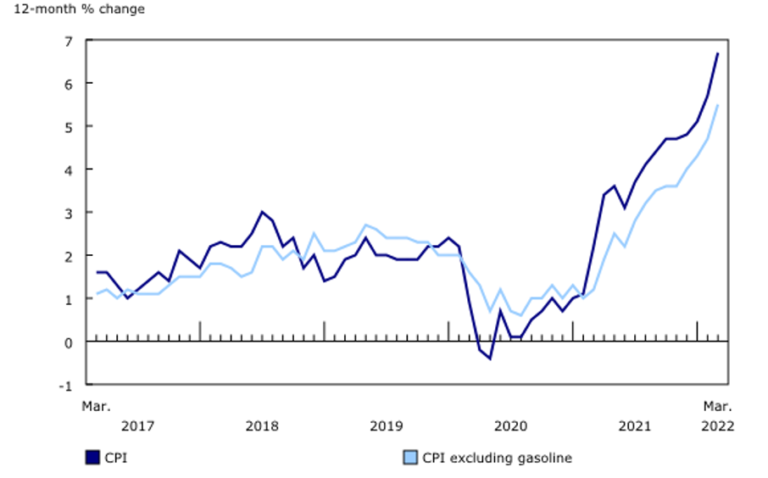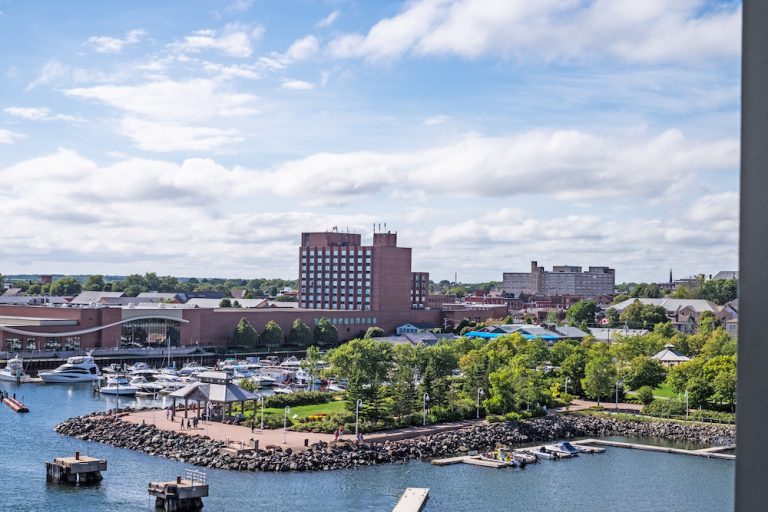Ontario has conducted new draws through the Ontario Immigrant Nominee Program (OINP) Employer Job Offer: Foreign Worker stream, issuing 2,637 Canada immigration invitations.
The invitations targeted different categories of workers and were issued on December 5.
In a targeted draw for skilled trades occupations, 761 invitations were issued to candidates scoring 34 or above on the Ontario Expression of Interest system. They also required a job offer in one of the following occupations:
- NOC 22212 – Drafting technologists and technicians
- NOC 22301 – Mechanical engineering technologists and technicians
- NOC 22302 – Industrial engineering and manufacturing technologists and technicians
- NOC 22311 – Electronic service technicians (household and business equipment)
- NOC 22312 – Industrial instrument technicians and mechanics
- NOC 70010 – Construction managers
- NOC 70011 – Home building and renovation managers
- NOC 70012 – Facility operation and maintenance managers
- NOC 72010 – Contractors and supervisors, machining, metal forming, shaping and erecting trades and related occupations
- NOC 72011 – Contractors and supervisors, electrical trades and telecommunications occupations
- NOC 72012 – Contractors and supervisors, pipefitting trades
- NOC 72013 – Contractors and supervisors, carpentry trades
- NOC 72014 – Contractors and supervisors, other construction trades, installers, repairers and servicers
- NOC 72020 – Contractors and supervisors, mechanic trades
- NOC 72021 – Contractors and supervisors, heavy equipment operator crews
- NOC 72022 – Supervisors, printing and related occupations
- NOC 72024 – Supervisors, motor transport and other ground transit operators
- NOC 72100 – Machinists and machining and tooling inspectors
- NOC 72101 – Tool and die makers
- NOC 72102 – Sheet metal workers
- NOC 72103 – Boilermakers
- NOC 72104 – Structural metal and platework fabricators and fitters
- NOC 72105 – Ironworkers
- NOC 72106 – Welders and related machine operators
- NOC 72200 – Electricians (except industrial and power system)
- NOC 72201 – Industrial electricians
- NOC 72203 – Electrical power line and cable workers
- NOC 72204 – Telecommunications line and cable installers and repairers
- NOC 72205 – Telecommunications equipment installation and cable television service technicians
- NOC 72300 – Plumbers
- NOC 72301 – Steamfitters, pipefitters and sprinkler system installers
- NOC 72302 – Gas fitters
- NOC 72310 – Carpenters
- NOC 72311 – Cabinetmakers
- NOC 72320 – Bricklayers
- NOC 72321 – Insulators
- NOC 72400 – Construction millwrights and industrial mechanics
- NOC 72401 – Heavy-duty equipment mechanics
- NOC 72402 – Heating, refrigeration and air conditioning mechanics
- NOC 72403 – Railway carmen/women
- NOC 72404 – Aircraft mechanics and aircraft inspectors
- NOC 72406 – Elevator constructors and mechanics
- NOC 72410 – Automotive service technicians, truck and bus mechanics and mechanical repairers
- NOC 72422 – Electrical mechanics
- NOC 72423 – Motorcycle, all-terrain vehicle and other related mechanics
- NOC 72500 – Crane operators
- NOC 73100 – Concrete finishers
- NOC 73101 – Tilesetters
- NOC 73102 – Plasterers, drywall installers and finishers and lathers
- NOC 73110 – Roofers and shinglers
- NOC 73111 – Glaziers
- NOC 73112 – Painters and decorators (except interior decorators)
- NOC 73113 – Floor covering installers
- NOC 73200 – Residential and commercial installers and servicers
- NOC 73201 – General building maintenance workers and building superintendents
- NOC 73202 – Pest controllers and fumigators
- NOC 73209 – Other repairers and servicers
- NOC 73400 – Heavy equipment operators
- NOC 73402 – Drillers and blasters – surface mining, quarrying and construction
- NOC 82031 – Contractors and supervisors, landscaping, grounds maintenance and horticulture services
- NOC 92100 – Power engineers and power systems operators
In a targeted draw for health and tech occupations, 1,663 invitations were issued to candidates scoring 43 or above on the Ontario Expression of Interest system. They also required a job offer in one of the following occupations:
Health occupations
- NOC 30010 – Managers in health care
- NOC 31100 – Specialists in clinical and laboratory medicine
- NOC 31103 – Veterinarians
- NOC 31110 – Dentists
- NOC 31111 – Optometrists
- NOC 31112 – Audiologists and speech-language pathologists
- NOC 31120 – Pharmacists
- NOC 31121 – Dietitians and nutritionists
- NOC 31201 – Chiropractors
- NOC 31202 – Physiotherapists
- NOC 31203 – Occupational therapists
- NOC 31204 – Kinesiologists and other professional occupations in therapy and assessment
- NOC 31209 – Other professional occupations in health diagnosing and treating
- NOC 31300 – Nursing coordinators and supervisors
- NOC 31301 – Registered nurses and registered psychiatric nurses
- NOC 31302 – Nurse practitioners
- NOC 31303 – Physician assistants, midwives and allied health professionals
- NOC 32100 – Opticians
- NOC 32101 – Licensed practical nurses
- NOC 32102 – Paramedical occupations
- NOC 32103 – Respiratory therapists, clinical perfusionists and cardiopulmonary technologists
- NOC 32104 – Animal health technologists and veterinary technicians
- NOC 32109 – Other technical occupations in therapy and assessment
- NOC 32110 – Denturists
- NOC 32111 – Dental hygienists and dental therapists
- NOC 32112 – Dental technologists and technicians
- NOC 32120 – Medical laboratory technologists
- NOC 32121 – Medical radiation technologists
- NOC 32122 – Medical sonographers
- NOC 32123 – Cardiology technologists and electrophysiological diagnostic technologists
- NOC 32124 – Pharmacy technicians
- NOC 32129 – Other medical technologists and technicians
- NOC 32200 – Traditional Chinese medicine practitioners and acupuncturists
- NOC 32201 – Massage therapists
- NOC 32209 – Other practitioners of natural healing
- NOC 33100 – Dental assistants and dental laboratory assistants
- NOC 33101 – Medical laboratory assistants and related technical occupations
- NOC 33102 – Nurse aides, orderlies and patient service associates
- NOC 33103 – Pharmacy technical assistants and pharmacy assistants
- NOC 33109 – Other assisting occupations in support of health services
Tech occupations
Candidates only received an invitation if they had a score of 43 and above, and a job offer in one of the national occupational codes (NOC) below:
- NOC 20012 – Computer and information systems managers
- NOC 21211 – Data Scientists
- NOC 21220 – Cybersecurity specialists
- NOC 21221 – Business system analysts
- NOC 21222 – Information systems specialists
- NOC 21223 – Database analysts and data administrators
- NOC 21230 – Computer systems developers and programmers
- NOC 21231 – Software engineers and designers
- NOC 21232 – Software developers and programmers
- NOC 21233 – Web designers
- NOC 21234 – Web developers and programmers
- NOC 21311 – Computer engineers (except software engineers and designers)
- NOC 22220 – Computer network technicians
- NOC 22221 – User support technicians
- NOC 22222 – Information systems testing technicians
Another draw saw 13 further invitations issued through the Employer Job Offer: Foreign Worker stream to an Economic Mobility Pathway candidate, Canada’s skilled worker stream for refugees.
Read More Canada Immigration News
Ontario Express Entry Draw: Province Targets Healthcare Jobs With 1,052 Canada Immigration Invitations
Rise In Enrolment To Schools In Ontario’s North-East Thanks To Immigration
Immigrant Retention Highest In Ontario Out Of All Canadian Provinces Or Territories
Ontario Employer Job Offer: Foreign Worker Stream Expression of Interest Draw
| Date issued | Number of invitations issued | Date profiles created | Score range | Notes |
|
5-12-2023 |
761 |
December 5, 2022 – December 5, 2023 |
34 and above | Targeted draw for skilled trades occupations |
| 1,663 | 43 and above | Targeted draw for health and tech occupations. | ||
| 13 | N/A | Targeted draw for Economic Mobility Pathways Project candidates. |
Video
Employer Job Offer: Foreign Worker Stream Eligibility Requirements
To qualify under this stream, applicants must have:
- A permanent and full-time job offer under NOC TEER category 1, 2 or 3 that meets the median wage levels for Ontario, and in a position that is necessary to the business;
- For those already working in the position, the proposed wage must be equal or greater than the current wage being paid
- Two cumulative years of relevant work experience in the previous five years before the date of application;
- Relevant mandatory licensing in Ontario, if the position so requires;
- Live abroad, or be working, studying or visiting Canada on a valid permit;
- Intention to settle in Ontario.









